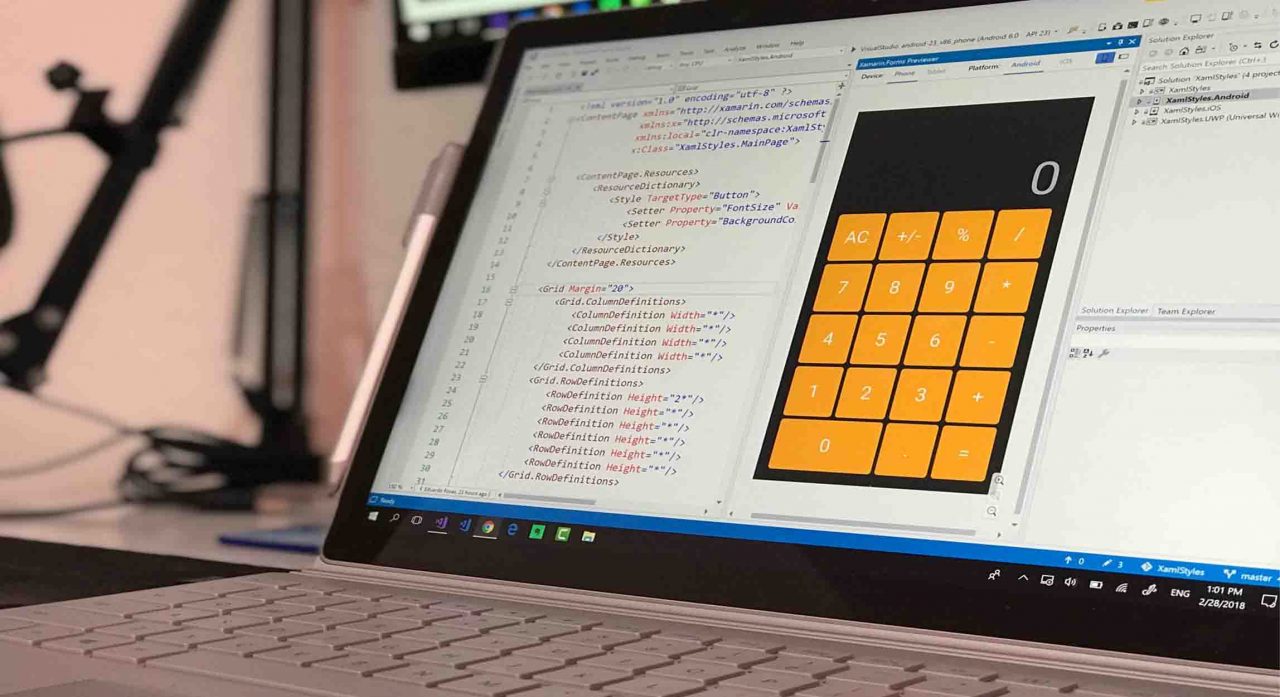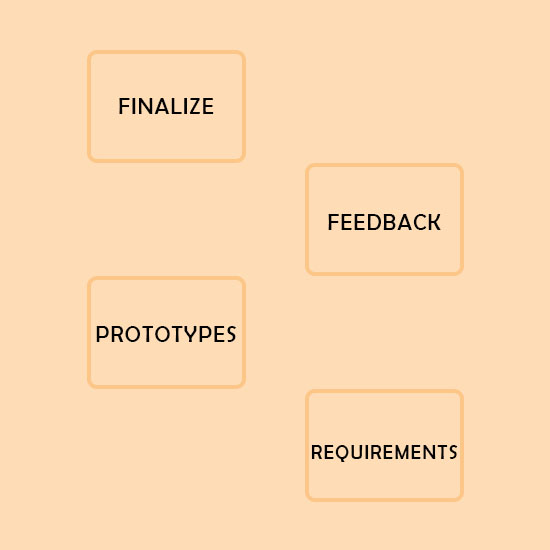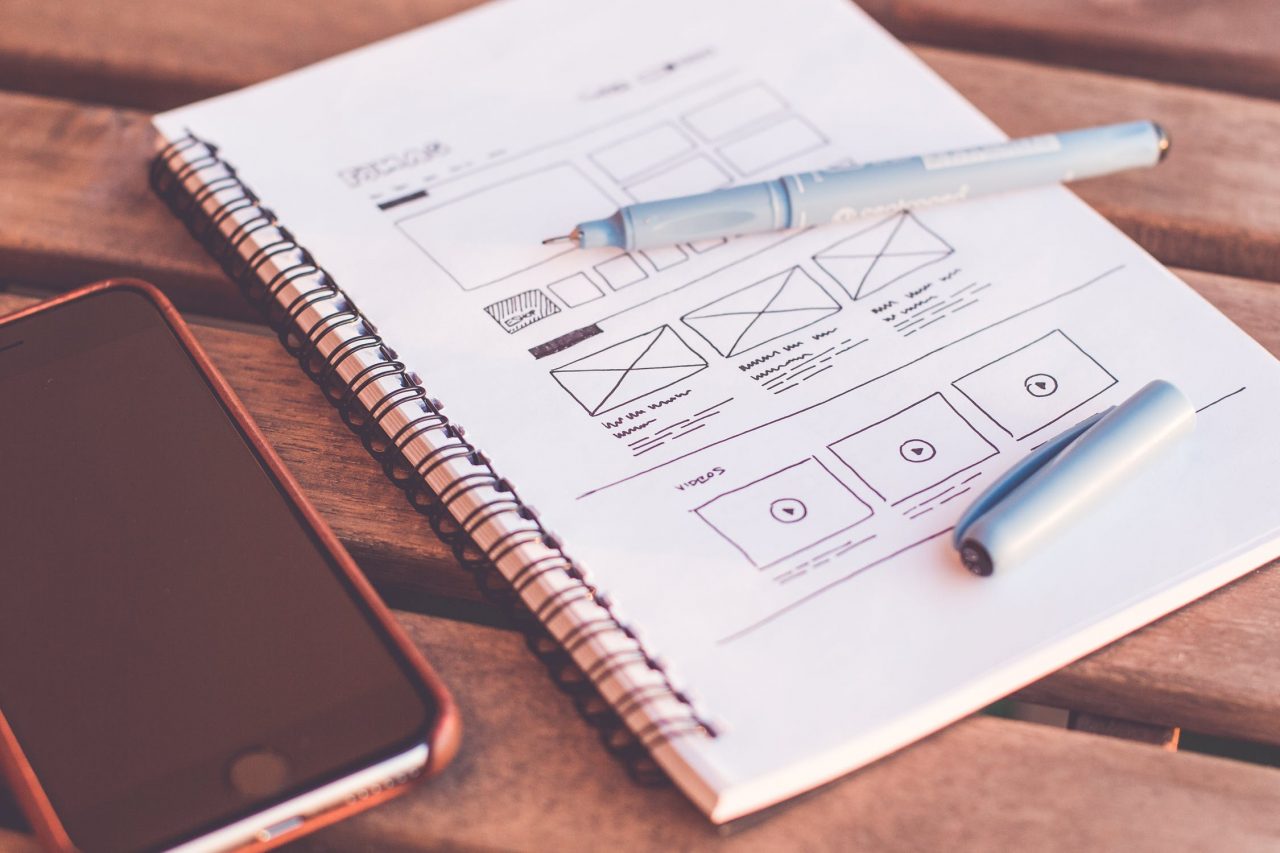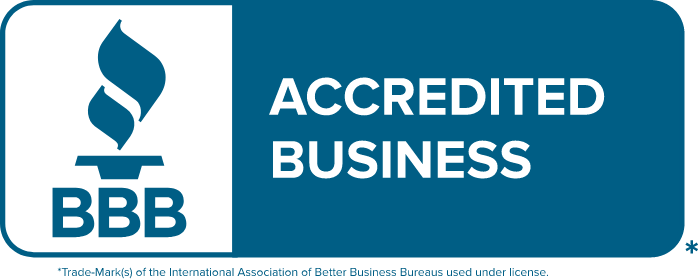For software development, companies opt agile process to get efficient results. The same as rapid app development is a work process that helps mobile app developers in developing mobile apps. Software needs a good development model from design to launch. For this, rapid app development is conceived to develop prototypes rapidly for testing functions and features.
What is Rapid App Development?
As we have discussed, Rapid app development is a development model for rapid prototyping and quick feedback. Developers can make multiple iterations for software updates without needing to start any development schedule from scratch each time.
RAD development model taken importance when developers realized the flaws of the waterfall model of development. A flaw in the waterfall model is; when a developer pushes programs in testing mode, it becomes difficult to change the functions and features of the software. RAD process model was introduced in the 1980s, so it’s not something new.

Steps of RAD Development
- Define Requirements
- User Design
- Prototype
- Feedback
- Finalize Software
Although the RAD model changed over the years but these features are still the same in this model.
Define Requirements
In the first step of rapid app development, the development team collects all the broad nature of software requirements. RAD development model doesn’t require any micro requirements of software. It doesn’t even require any sitting with the client to get details. Although, the broad nature of software requirements helps you give specific function requirements at different points of the software development life cycle. Requirements collection steps become more easier in the RAD development model.


Prototype
This one is the actual step of the rapid app development model, where developers create the core features of software by focusing on all requirements. Developers implement all the features as fast as they can. After the development of all these prototypes, these features are shown to the client. They decide what feature they need in the software and what they don’t need. Developers prepare all the prototypes in raw format. This format doesn’t take much time and also helps the client to make a better understanding of the product. The end design product with finishing touch prepare in software finalizing step. Finalizing steps start when the client and developer can both agree on the final product.
Feedback
This stage of the RAD development model gets feedback on what’s good or what’s not, what’s required or what will be required further, what is not working accurately or what’s working perfectly.
With the help of feedback, the prototyping step continues for perfection. This process repeats until a final product can be realized that fits both ends, developers’ and clients’ requirements.
Finalize Software
Here in this phase, functions, features, aesthetics, and user interface of the software finalized with the client. After completing its final touches, a test session takes priority at the developers’ end. This final step of testing takes place before the delivery of the project to the client. Stability, usability, and maintainability are of paramount importance before delivering to the client.
These steps seem very impressive and depict a great idea to run a project using this RAD development model. But this model does not apply to any type of project because it has some disadvantages as well. Let’s have a look at its Pros and Cons.

RAD Development Advantages
- Requirements can be changed at any time during the feedback phase.
- Customer feedback takes importance.
- Efficient in the development phase.
- Finishing takes quality time.
- Stability and perfection get more importance.
RAD Development Disadvantages
- It requires strong team collaboration.
- Large teams cannot work with the RAD development model.
- Suitable for small development projects.
- Highly skilled developers are preferable.
- Require feedback throughout the project.


